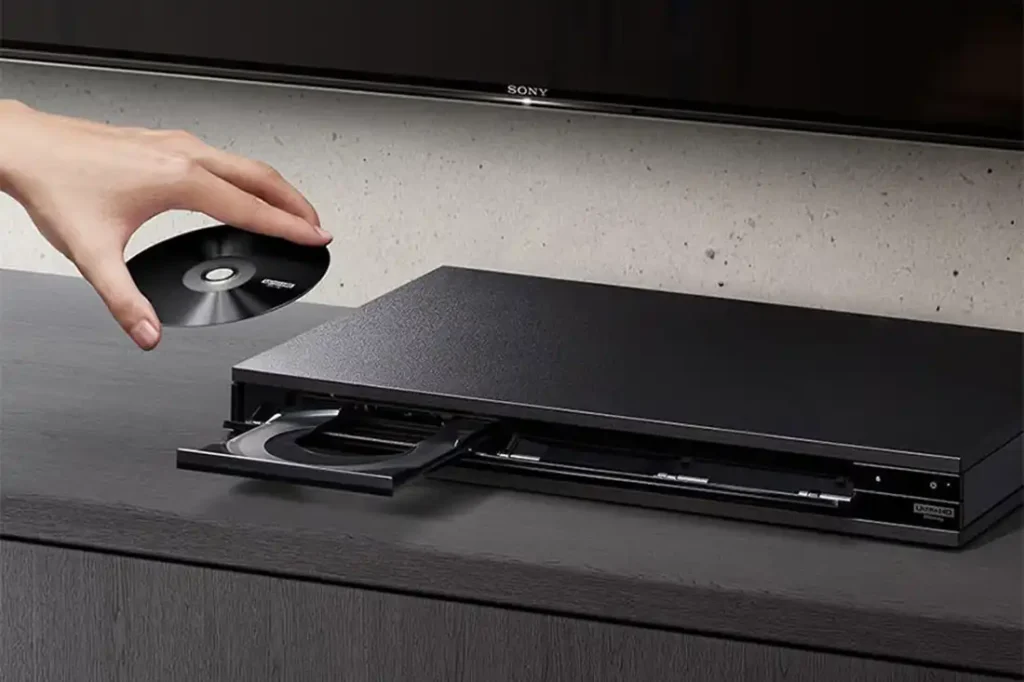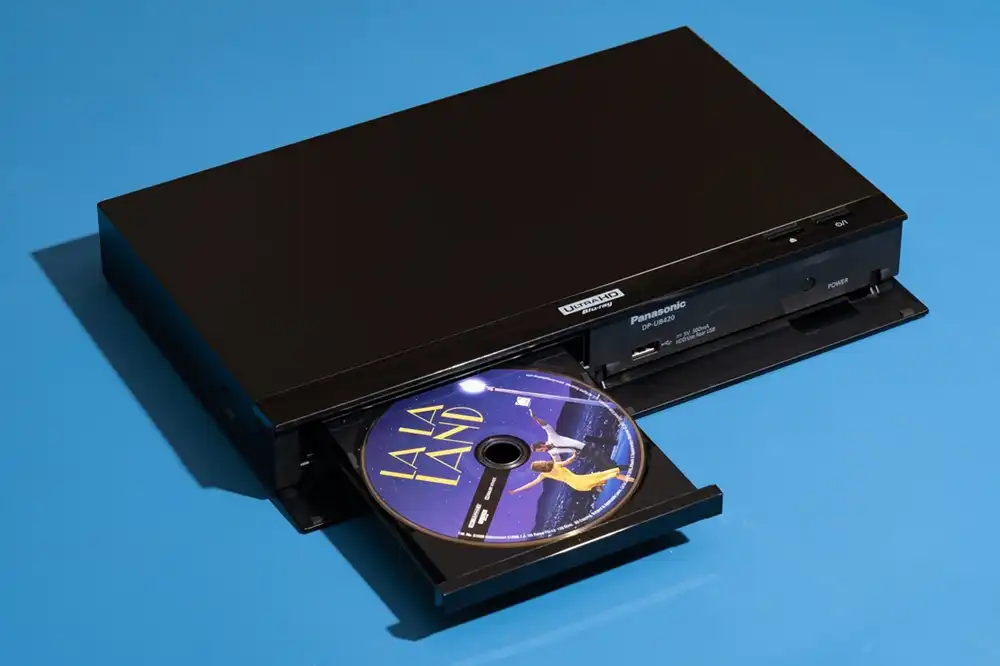Table of Contents
If you are a homeowner with a DVD player and want to use it for playing audio CDs, you might be wondering about the technical details, compatibility, and overall quality you can expect. This guide explains everything you need in straightforward language. Whether you are new to these devices or just need a refresher, this guide covers compatibility, setup instructions, and troubleshooting tips to help you confidently use audio CDs with your DVD player.
Understanding Compatibility
One of the first things to consider is whether your DVD player will accept an audio CD and play it without any issues. Most standard DVD players are manufactured to handle multiple disc formats, including DVD, CD, and sometimes even DVD-Audio. However, it is important to note that not all DVD players have been created equal.
Key Compatibility Points
- Disc Format Support: Most DVD players are designed to read both data DVDs and audio CDs. Audio CDs are formatted differently than data CDs used in computers, but a household DVD player is usually equipped with the necessary laser technology to read both types of discs.
- Player Specifications: Check your DVD player’s user manual or the manufacturer’s website to ensure that your device supports standard audio CDs. Some older models or highly specialized players might only support DVD-Video playback, so it is wise to verify this information.
- Audio Output Options: While a DVD player can read an audio CD, the actual output quality depends on your home entertainment system. For example, connections like stereo RCA outputs, HDMI, or optical outputs each carry sound differently. Ensuring your system is correctly set up is essential for the best experience.
In summary, the majority of standard DVD players will play audio CDs, but always reference your device’s manual to confirm any model-specific limitations. This simple compatibility check forms the foundation for a successful setup.
Step-by-Step Setup Process

Once you determine that your DVD player supports audio CDs, you can follow a simple setup process to get started. Below you will find detailed instructions to help you configure your system for optimal audio playback:
1. Verify the Player’s Settings
Before inserting a CD, power on your DVD player and check the menu settings. Some players allow you to select the audio output mode (choosing between stereo, surround sound, or other settings). Adjust these settings if possible to ensure that the output matches your desired listening environment. Look for a “disc type” option in the system menu if available, which allows you to select between DVD and CD modes.
2. Clean the Disc and the Tray
Audio CDs, like any other disc, can have dust or smudges that may hinder reading. Always handle your CDs with clean hands and store them in a safe case. Similarly, make sure the player’s disc tray is free from debris. A small wipe with a soft, lint-free cloth can help ensure trouble-free playback.
3. Insert the Audio CD
Place the audio CD into your DVD player’s disc tray. Ensure that the disc is seated correctly by aligning the label side upward (typically this is the standard orientation for CD players built into DVD units). Once the disc is in place, gently close the tray. The DVD player should automatically recognize the disc type, and you will soon see an on-screen prompt or basic display readout confirming “Audio CD” mode.
4. Adjust Audio Output Connections
If you have external speakers or a home theater system, be sure to double-check that these are connected properly to your DVD player. Whether you’re using RCA, HDMI, or digital connections (like optical cables), proper cabling is key to ensuring high-quality audio. Sometimes a simple error in connection can lead to a lower-quality sound output even if the player itself is functioning correctly.
Troubleshooting Tips for Common Issues
Even with the best setup practices, you might encounter a few issues. The following troubleshooting tips are designed to resolve common problems related to audio CD playback on DVD players.
Issue 1: Disc Not Recognized
If your DVD player fails to recognize the audio CD, first check for physical damage or dirt on the disc itself. Clean the disc carefully with a soft, non-abrasive cloth, wiping from the center outward. If cleaning does not work, try another audio CD to determine whether the issue is with the disc or with the player. Sometimes a firmware upgrade on the DVD player can resolve recognition issues, so consult your manufacturer’s support guides.
Issue 2: No Sound or Poor Audio Quality
In some cases, you may find that your DVD player plays the disc, yet the sound output is distorted or completely silent. Confirm that the cables connecting your DVD player to your speakers or receiver are secure and undamaged. Explore the player’s audio settings to ensure that the volume is set correctly and that no audio effects or alterations are causing signal loss. Additionally, review any settings related to surround sound or EQ adjustments, as these could distort the clear, expected output from a standard audio CD.
Issue 3: Playback Interruptions
Interrupted or choppy playback can be a sign of several things. One possibility is that the disc is scratched or the DVD player’s lens is dirty. Clean the lens if you notice other issues with all disc types. Also, check if your DVD player is overheating by ensuring that it is placed in a well-ventilated area. Overheating can affect performance and lead to interruptions in CD playback.
Audio Quality Differences Explained
While a DVD player is capable of reading an audio CD, the audio quality can differ from that of a dedicated CD player, mainly due to processing techniques and output options. A few important points include:
- Digital versus Analog Output: Some DVD players may convert the digital audio signal from the CD into an analog signal to be sent to your speakers. This conversion process can sometimes lead to a slight difference in sound quality. Digital outputs through HDMI or optical cables tend to preserve the original audio signal better.
- Internal Processing: DVD players are designed to decode compressed video and may have onboard sound processing that differs from the simpler electronic design in typical CD players. This processing can result in minor changes in the dynamic range or clarity.
- Budget Versus Premium Models: Typically, higher-end DVD players provide better audio output options, sometimes including advanced sound processing and multi-channel audio. In contrast, budget models might not deliver as refined a sound, though they are still capable of acceptable CD audio quality for everyday listening.
When setting up your system for audio CD playback, consider how these differences could impact your listening experience. You may need to adjust your home audio system’s settings or even consider investing in a high-quality sound system if outstanding audio performance is a priority.
Recommendations for Optimal CD Playback Settings

Based on compatibility details, setup instructions, and audio quality adjustments, here are some final recommendations to achieve the best possible experience when playing audio CDs on your DVD player:
- Review Device Manuals: Always start by reviewing the user manuals for both your DVD player and your audio system. This helps ensure that you understand any limitations or special settings related to CD playback.
- Regular Maintenance: Keep your DVD player’s disc tray and lens clean. Similarly, have your audio cables inspected periodically, as even a small amount of debris or tarnish on connectors can reduce sound quality.
- Optimize Audio Output Settings: If your DVD player offers multiple audio outputs, experiment with each option to find the one that best matches your audio system. Many modern DVD players allow adjustments for surround sound or stereo modes, so use these options based on your specific listening setup.
- Keep Firmware Updated: Check for firmware updates from the manufacturer periodically. Firmware updates can improve compatibility and fix minor playback bugs.
- Choose Quality Audio Equipment: While your DVD player might handle audio CDs well, pairing it with a good quality sound system will ensure you get the most out of your music experience.
By following these steps and recommendations, you should be able to enjoy your audio CDs without complications. While there may be small differences compared to a dedicated CD player, modern DVD players are typically sufficient for home entertainment purposes.
Conclusion
This comprehensive guide has addressed how to play audio CDs on a standard DVD player. We explored three main aspects: compatibility, step-by-step setup instructions, and the differences in audio quality. Our discussion highlighted the importance of verifying disc format support, ensuring secure connections, and recognizing that minor differences in audio processing may occur. With a little attention to device specifications and proper maintenance, your DVD player can double as a reliable audio CD player for everyday listening.
We hope that this guide gives you the confidence to explore new ways to enjoy your favorite music using your home entertainment system. By maintaining proper setup, troubleshooting minor issues, and optimizing your audio settings, you are well on your way to achieving an excellent audio experience. Happy listening!
Also Read:

